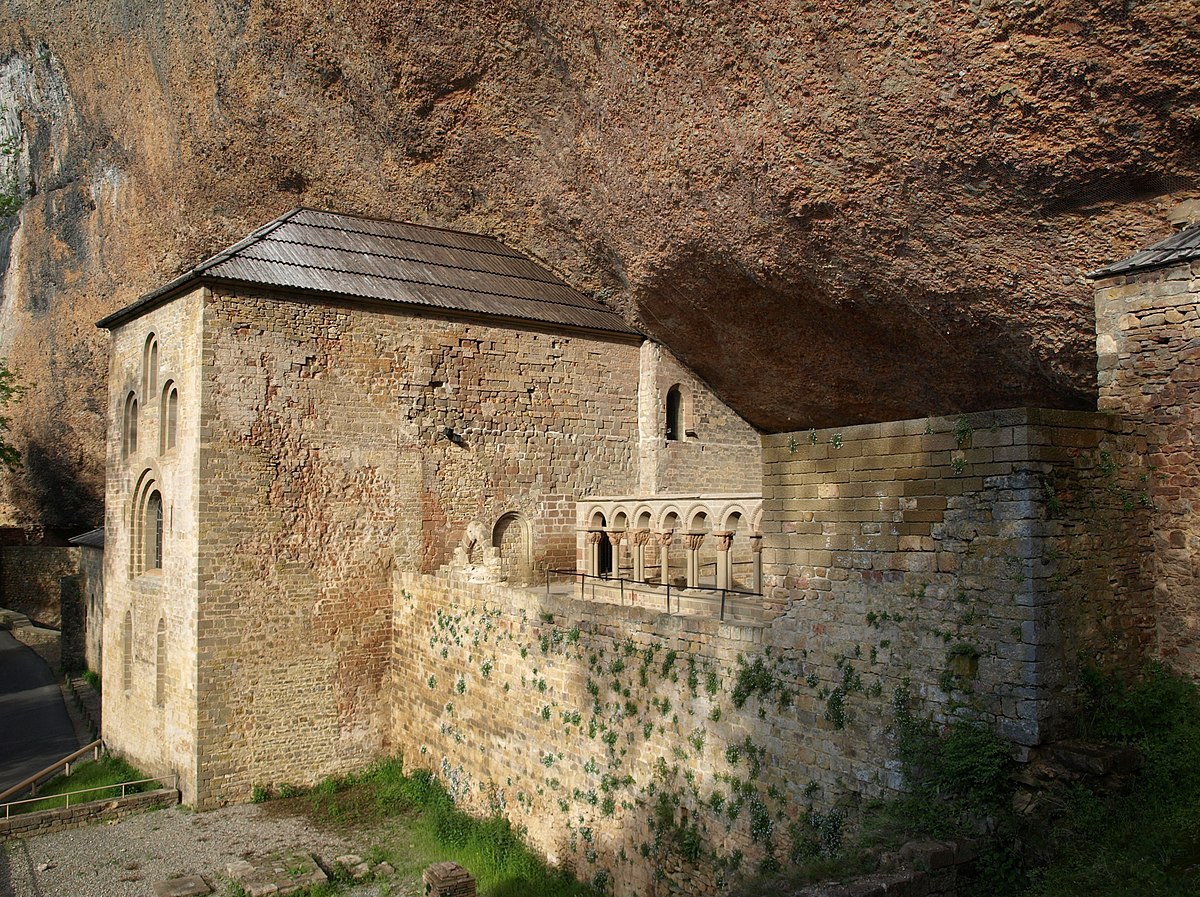<div class="mw-content-ltr mw-parser-output" lang="en" dir="ltr"><table class="toccolours floatright" style="width:300px;text-align:center">
<tbody><tr>
<th lang="en">Picture of the day
</th></tr>
<tr>
<td class="toccolours" style="padding:0"><span><a href="Real_Monasterio_de_San_Juan_de_la_Pe%C3%B1a,_Huesca,_Espa%C3%B1a,_2023-01-05,_DD_48-50_HDR.jpg" class="mw-file-description"><img src="http://unitedyam.com/wp-content/uploads/2025/07/picture-of-the-dayapse-of-the-higher-church-in-the-royal-monastery-of-san-juan-de-la-pena-huesca-aragon-spain-it-was-one-of-the-most-important-monasteries-in-aragon-in-the-middle-ages-its-t.jpg" width="300" height="158" class="mw-file-element" data-file-width="7491" data-file-height="3947"></a></span>
</td></tr>
<tr>
<td><div lang="en" dir="ltr" class="description en">Apse of the higher church in the Royal Monastery of San Juan de la Peña, Huesca, Aragon, Spain. It was one of the most important monasteries in Aragon in the Middle Ages. Its two-level church is partially carved in the stone of the great cliff that overhangs the foundation. <i>San Juan de la Peña</i> means "Saint John of the Cliff". The lower church includes some mozarabic architectural surviving elements, although most of the parts of the monastery (including the impressive cloister, under the great rock) are Romanesque. After the fire of 1675, a new monastery was built. The old monastery (built in 920) was declared a National Monument on 13 July 1889, and the new monastery in 1923.</div>
</td></tr></tbody></table></div>
#Image, #Art
Source: https://commons.wikimedia.org/wiki/Special:FeedItem/potd/20250703000000/en


